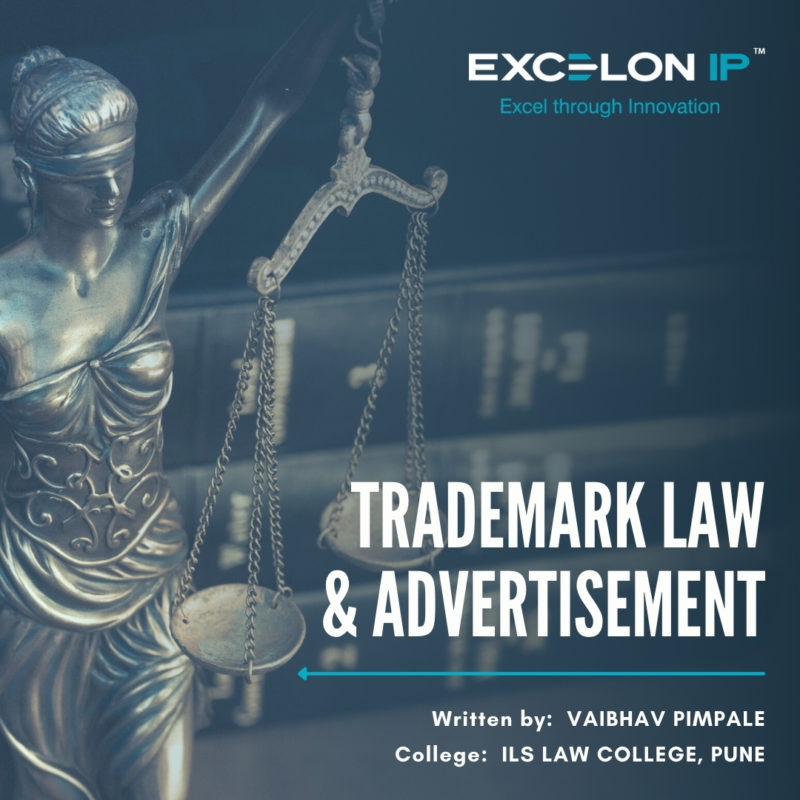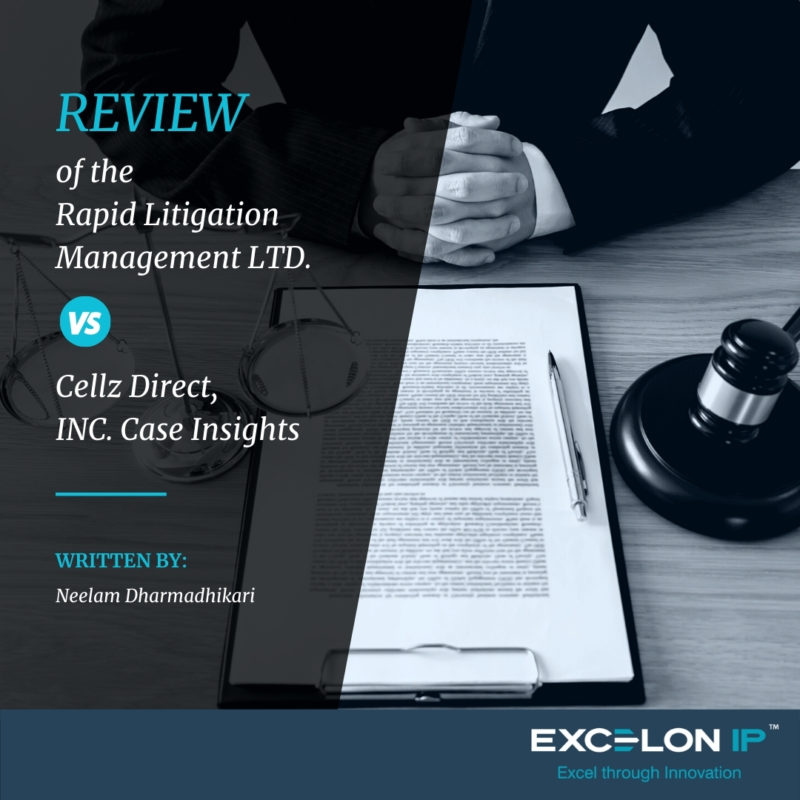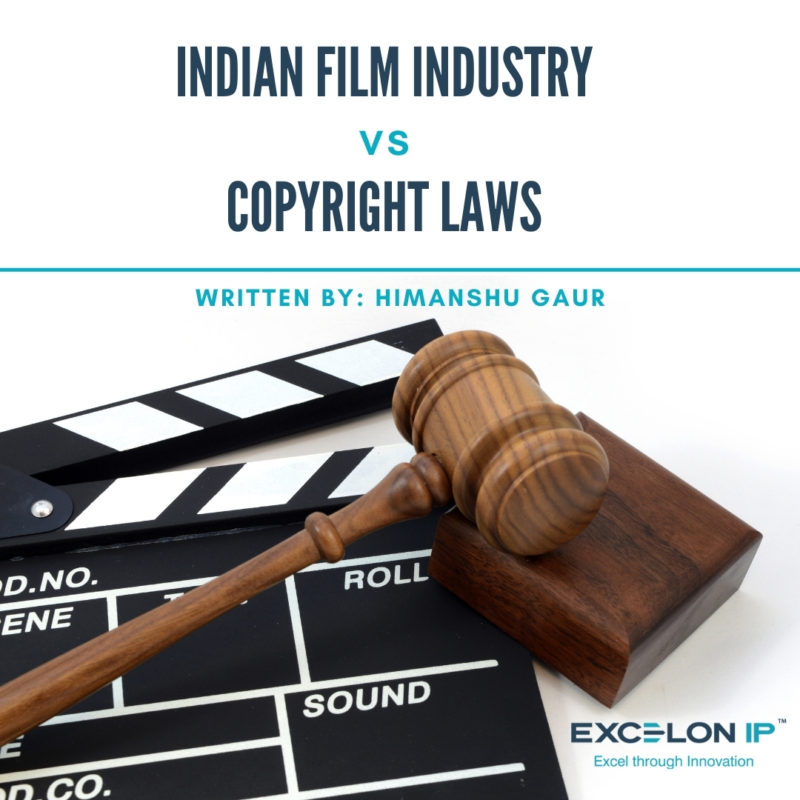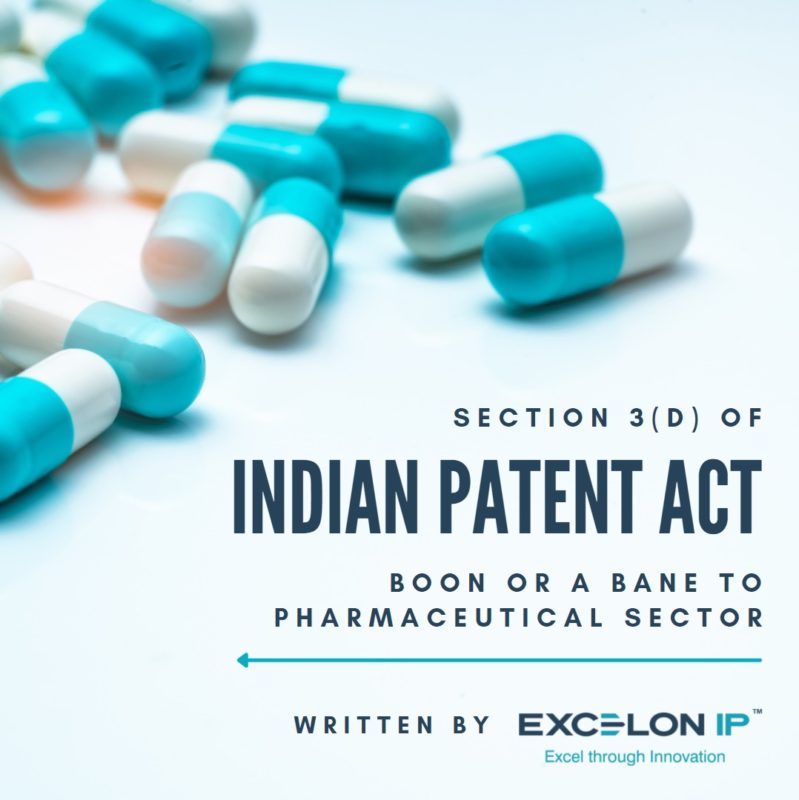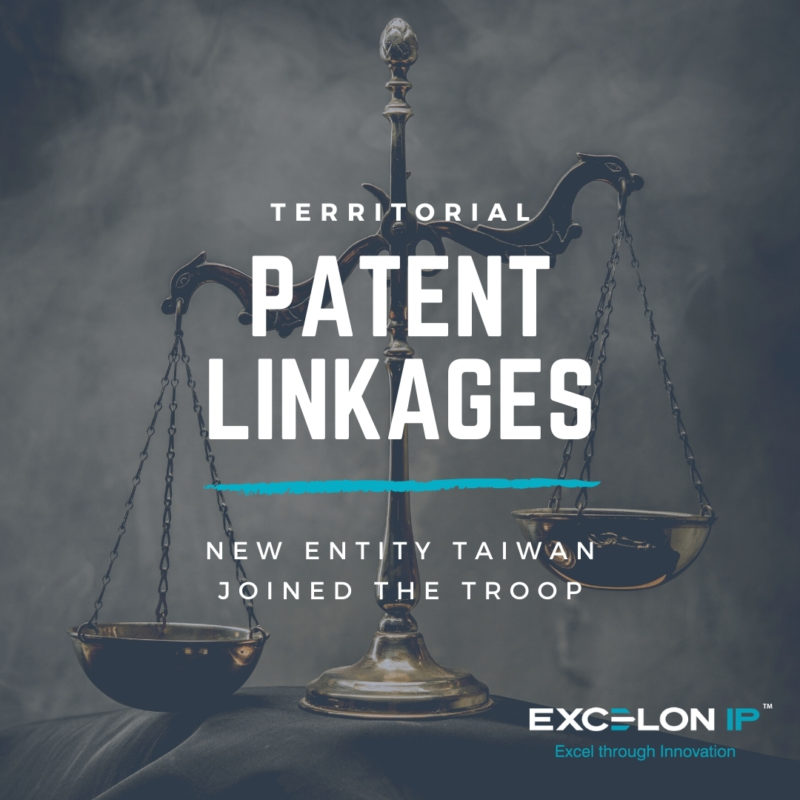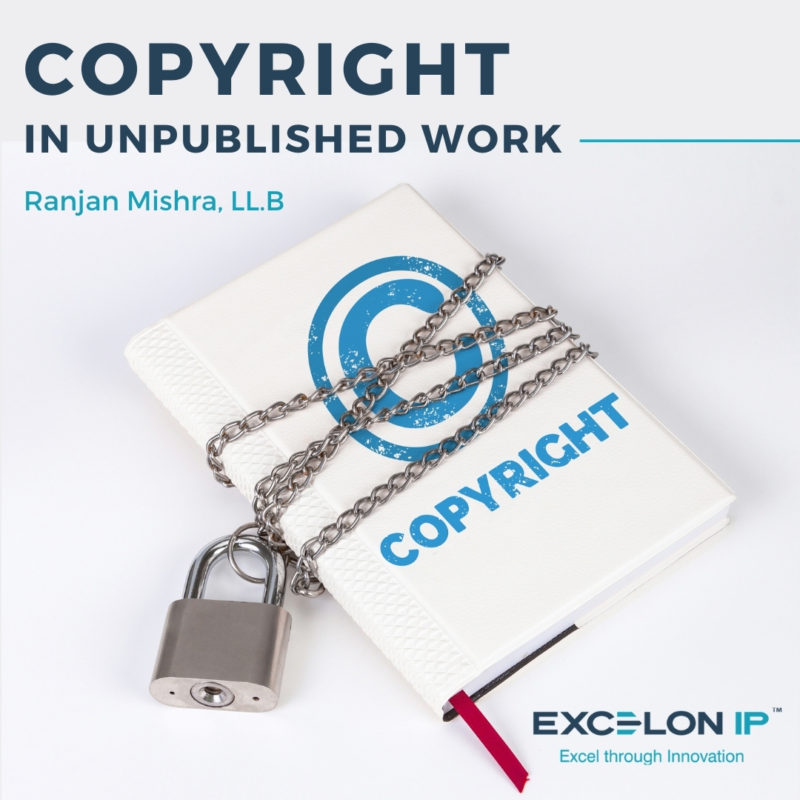Intellectual property rights give a monopoly to the right holder but that is not true in every case. There are certain situations where the monopoly of the right holder will get diluted and the third party can use the invention for one or another purpose defined by law which does not fall in the definition[…read more ]
By Parinay GuptaAmity Law School, Delhi (Affiliated to GGSIPU) Introduction India has benefited greatly from electronic commerce. It has changed the way offices and workplaces function, with an increase in bytes and memory of databases and a decrease in the usage of paper bundles. A database commonly means a collection of data methodically fixed and[…read more ]
Written by: VAIBHAV PIMPALE College: ILS LAW COLLEGE, PUNE INTRODUCTION: The COVID-19 pandemic which affected humanity and global business has led everyone to lock themselves in their accommodations didn’t limit Hindustan Unilever Ltd (plaintiff) to move in Bombay High Court against Reckitt Benckiser (India) Pvt. Ltd. (defendant) over the case of comparative advertisement where a[…read more ]
Written by: Neelam Dharmadhikari The case revolved around the U.S. Patent No. 7,604,929 (“’929 patent”) filed by In Vitro Inc. The patent also covers the product LiverPoolTM (Pooled multi-cryopreserved hepatocyte). The assignee are manufacturers specialized in vitro products for the study of metabolism, drug-drug interactions, and toxicity in drug discovery and development. The company was[…read more ]
Written by: Himanshu Gaur Indian Copyright laws are mainly ruled by the Copyright Act – 1957. In the year 2012 amendment was made in Indian Copyright laws which made the law compliant with WCT (WIPO Copyright Treaty) and WPPT (WIPO Performances and Programmes Treaty), earlier which used to be according to Berne Convention and Universal[…read more ]
Written by: Excelon IP Ever since the inception of Trade-Related Aspects of Intellectual Property Rights (TRIPS) in India’s IP framework, there has been a balance in the interest of patent owner and importance of public interest with the implementation of the scope of patentability and compulsory licenses, respectively. Let’s see how convincing this statement is.[…read more ]
This article is written by Shruti Mishra; she is pursuing B.A.LL.B. (Hons.) from IIMT & School of law affiliated to Guru Gobind Singh Indraprastha University, Delhi. Introduction Intellectual property is any conception and creation of the mind, it can be innovation, literary, art, design, symbol, mark, term, picture, music, sign etc., which is used in[…read more ]
By: Ms Dhanada Deshpande. Recently, there has been a steady increase in patent filing and granting trends in the biotechnological field. Apart from meeting the patentability criteria of novelty, inventive step, and industrial applicability, the subject matter of the invention should contain matter which is not excluded by clauses 3(b), (c), (d), (e), (h), (i),[…read more ]
In today’s modern era of Technological and Medical advancement, we as an IPR fraternity are dealing with the most leveraged and valued assets ‘Patents’. The dictionary definition of a Patent is “a government authority or license conferring a right or title for a set period, especially the sole right to exclude others from making, using,[…read more ]
NAME: RANJAN MISHRA COURSE: LL.B COLLEGE: LLOYD LAW COLLEGE What happens when you put your hard work and time to create something, such as writing a novel, cinematographic work, recordings, etc., and keep that work in a drawer in your study table or your laptop? Does it have any copyright? Or is there any infringement[…read more ]


